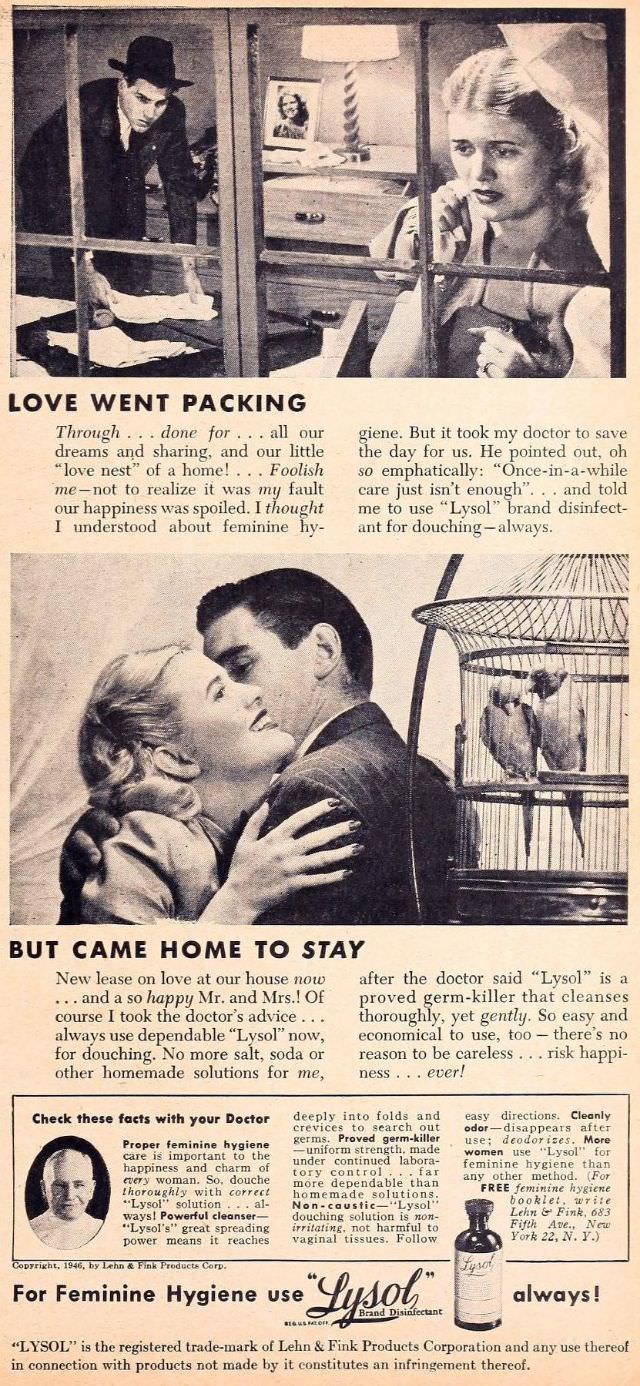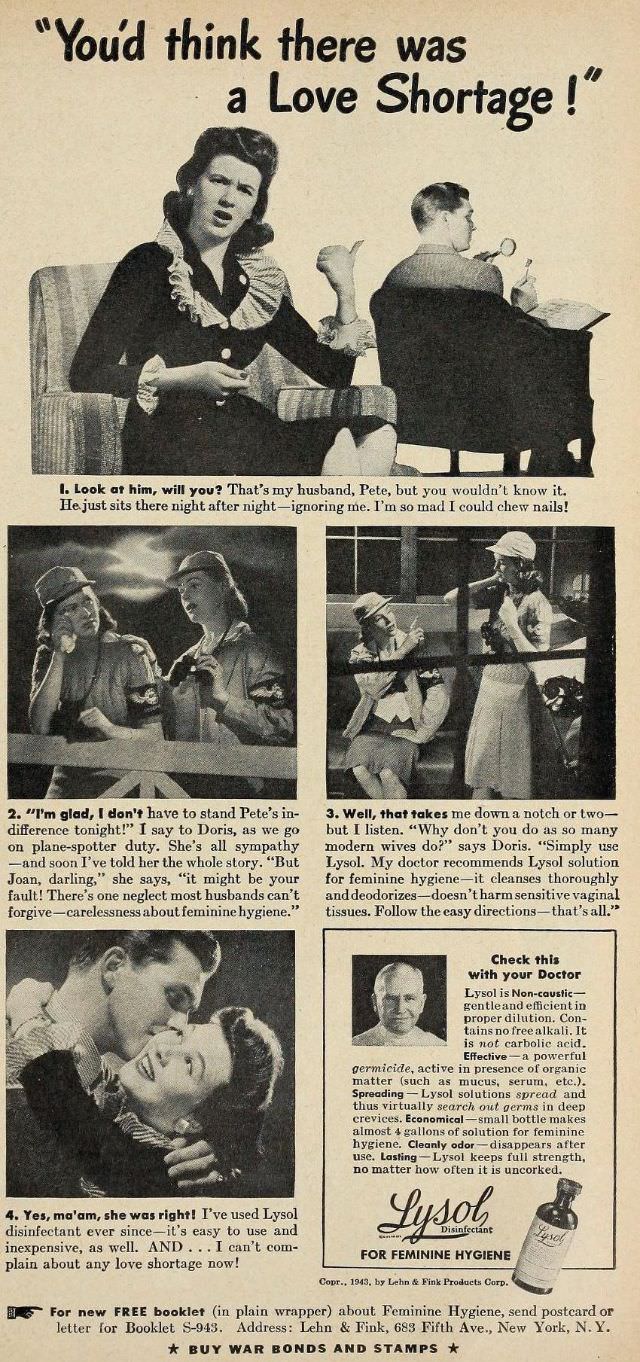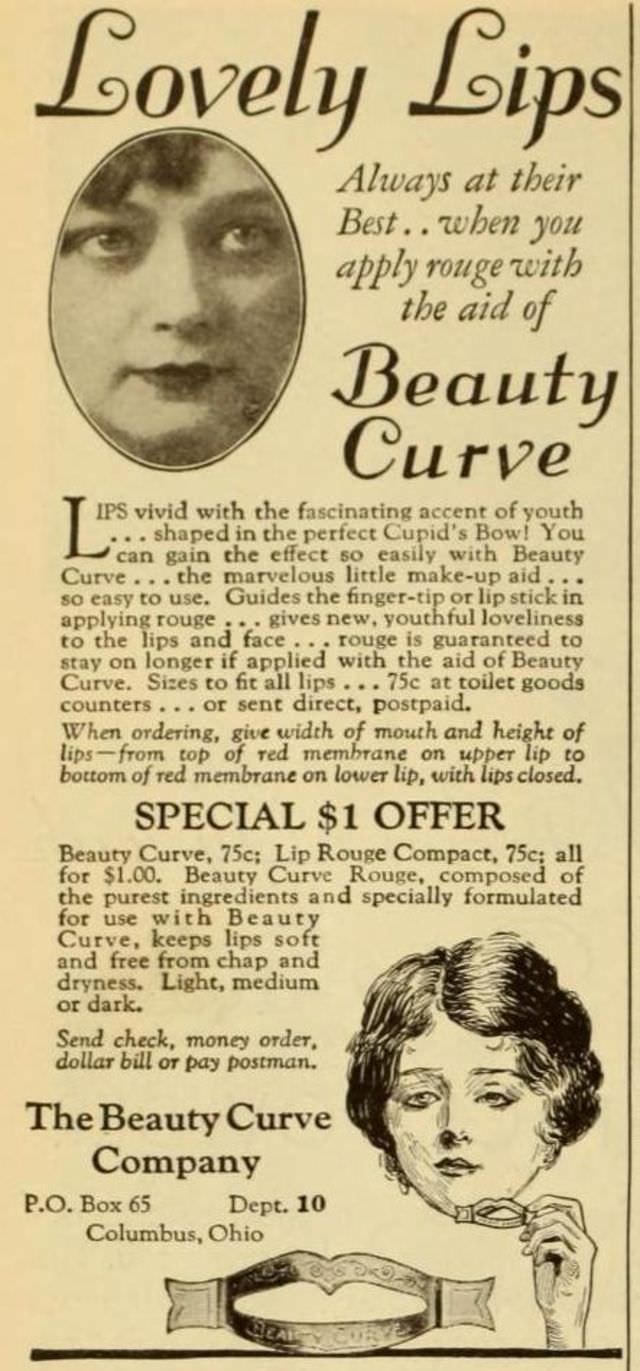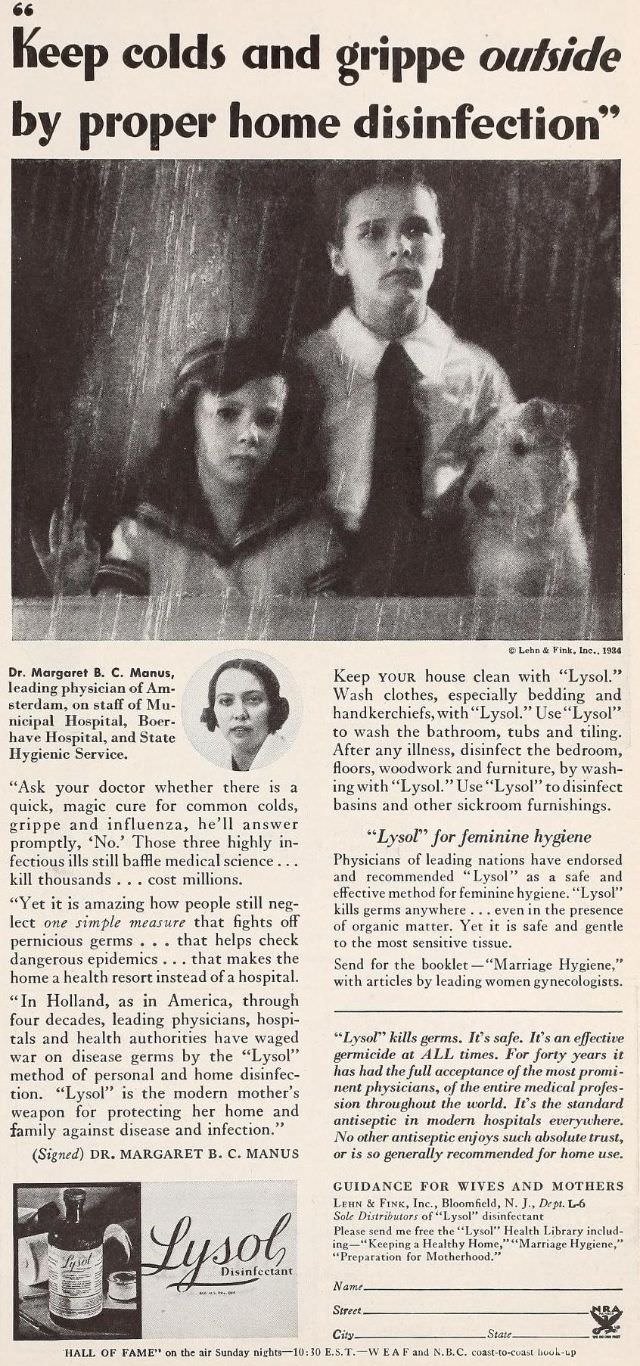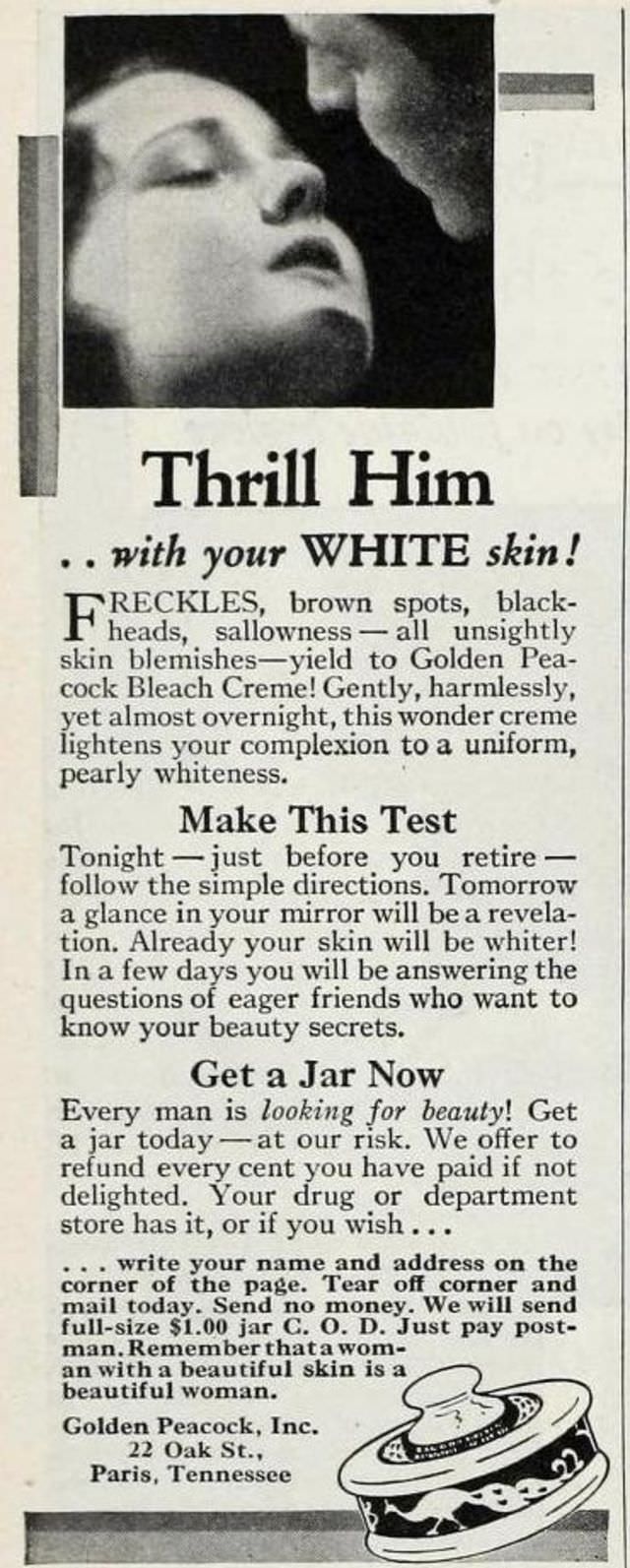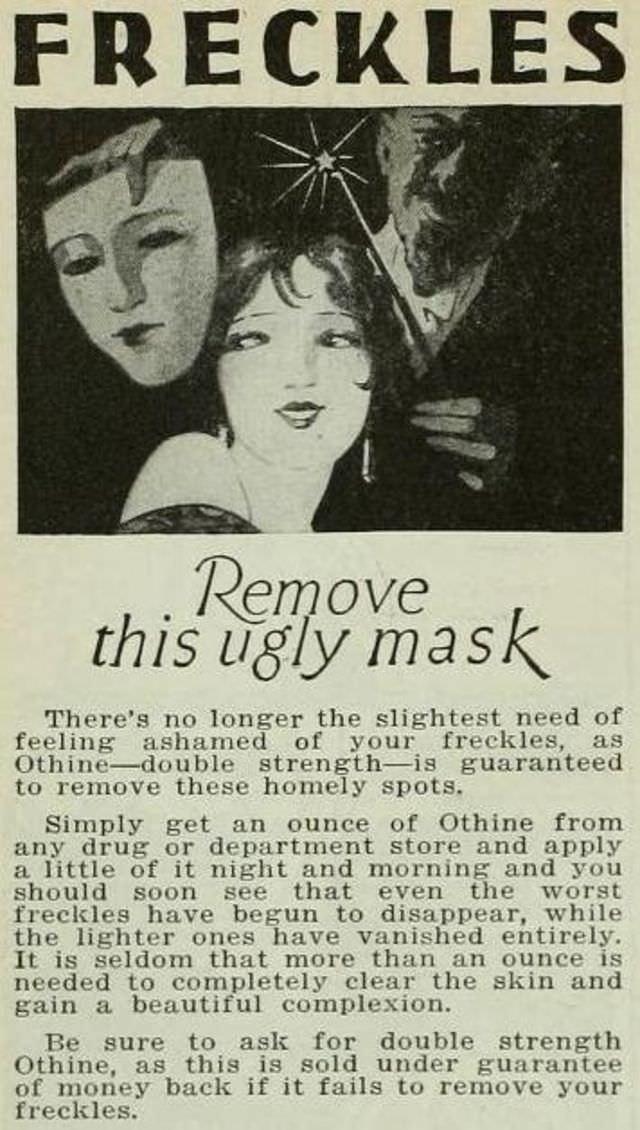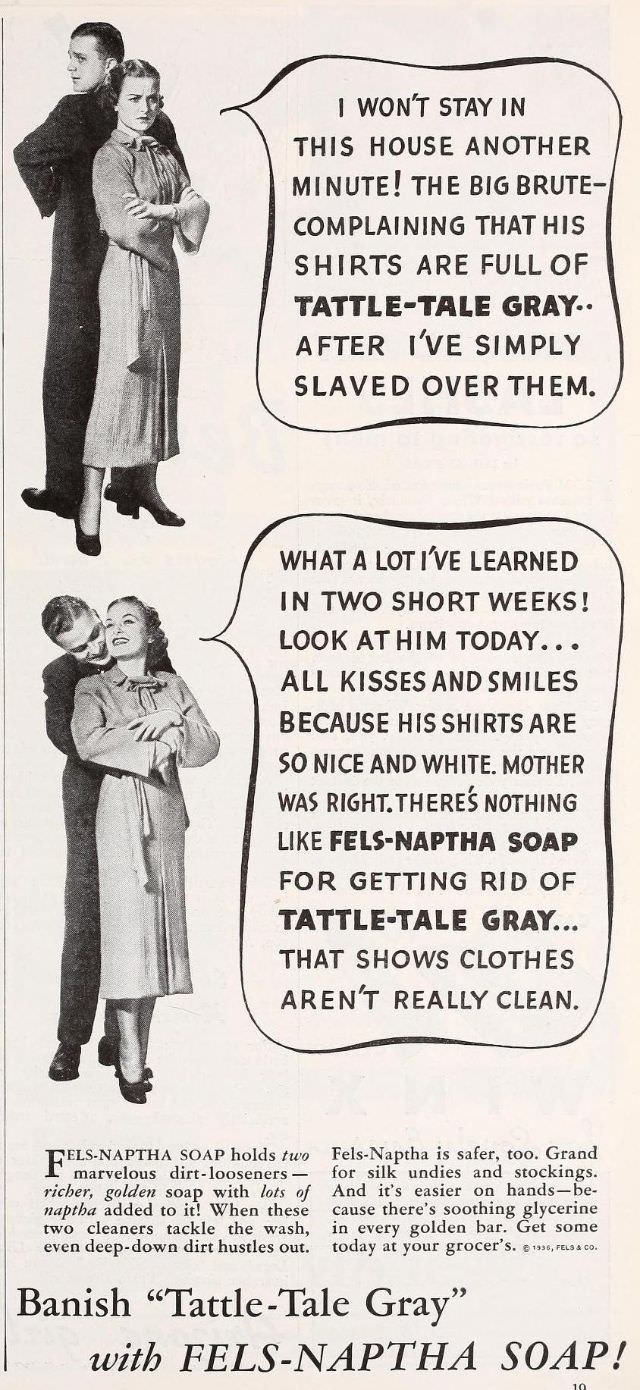These old advertisements exploited women’s desire for marital security to sell products in the mid-20th century. Advertisers pay close attention to consumer emotions to sell products. It’s their job to persuade people to buy, so they have every right to exploit emotional opportunities. Advertisers targeted women since 80% of household purchases were made by them. Heisel writes in Jezebel that advertisers exploited women’s economic insecurity and their projections. They used Cicely Hamilton’s Marriage as a Trade, published in 1909, as a guide. Women’s dependence on their husbands for mere survival was nothing more than a marketing opportunity. Women and girls were portrayed as fickle, extravagant, and irrational consumers as opposed to the “boy consumers,” who were portrayed as demanding and industrious.
The 1910s and 1920s were when many advertising professionals believed that human instincts could be targeted and harnessed – “sublimated” into the desire for purchasing goods. Advertising encouraged immigrants to exchange their traditional habits and tastes for a modern American lifestyle through cultural assimilation. Several psychologists contributed to advertising theory during the early 20th century, including Walter D. Scott and John B. Watson. Scott said, “Man has been called the reasoning animal, but he could more accurately be called the creature of suggestion.” Despite being reasonable, he is more suggestible than other animals. He demonstrated this by directly commanding the consumer in his advertising. In the 1920s, John B. Watson was a highly respected psychologist at Johns Hopkins University. Following his departure from academia, he turned his attention to advertising, where he applied behaviorist concepts. The marketing strategy focused on appealing to the basic emotions of the consumer: love, hate, and fear. The effectiveness of this type of advertising was attributed to its suitability for the changing social context, resulting in a strong influence on future advertising strategies and solidifying psychology’s role in advertising.
The 1930s were a difficult time for advertising. Businesses drastically cut their advertising budgets during the Great Depression. All agencies experienced layoffs and reductions. Furthermore, the New Deal aggressively promoted consumerism and minimized the need for advertising. Jackson Lears argues that by the late 1930s, corporations had begun a successful counterattack against critics. Through scientific public opinion polls, they rehabilitated the concept of consumer sovereignty. They made it the center of their market research and an essential tool for understanding politics. Numerous advertising experts, including George Gallup, the vice president of Young and Rubicam, led the way. In the 1940s, the industry played a pivotal role in the ideological mobilization of the American people to fight the Germans and Japanese.












